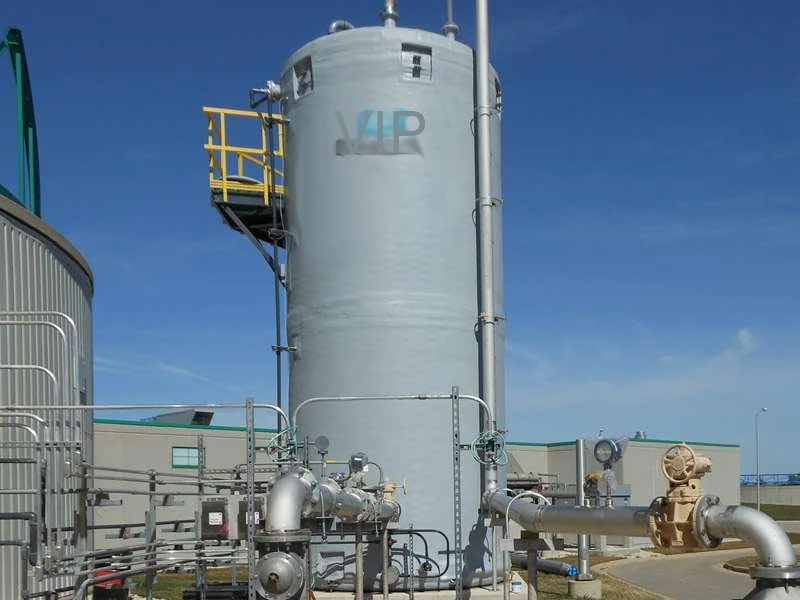
-
 Afrikaans
Afrikaans -
 Albanian
Albanian -
 Amharic
Amharic -
 Arabic
Arabic -
 Armenian
Armenian -
 Azerbaijani
Azerbaijani -
 Basque
Basque -
 Belarusian
Belarusian -
 Bengali
Bengali -
 Bosnian
Bosnian -
 Bulgarian
Bulgarian -
 Catalan
Catalan -
 Cebuano
Cebuano -
 China
China -
 China (Taiwan)
China (Taiwan) -
 Corsican
Corsican -
 Croatian
Croatian -
 Czech
Czech -
 Danish
Danish -
 Dutch
Dutch -
 English
English -
 Esperanto
Esperanto -
 Estonian
Estonian -
 Finnish
Finnish -
 French
French -
 Frisian
Frisian -
 Galician
Galician -
 Georgian
Georgian -
 German
German -
 Greek
Greek -
 Gujarati
Gujarati -
 Haitian Creole
Haitian Creole -
 hausa
hausa -
 hawaiian
hawaiian -
 Hebrew
Hebrew -
 Hindi
Hindi -
 Miao
Miao -
 Hungarian
Hungarian -
 Icelandic
Icelandic -
 igbo
igbo -
 Indonesian
Indonesian -
 irish
irish -
 Italian
Italian -
 Japanese
Japanese -
 Javanese
Javanese -
 Kannada
Kannada -
 kazakh
kazakh -
 Khmer
Khmer -
 Rwandese
Rwandese -
 Korean
Korean -
 Kurdish
Kurdish -
 Kyrgyz
Kyrgyz -
 Lao
Lao -
 Latin
Latin -
 Latvian
Latvian -
 Lithuanian
Lithuanian -
 Luxembourgish
Luxembourgish -
 Macedonian
Macedonian -
 Malgashi
Malgashi -
 Malay
Malay -
 Malayalam
Malayalam -
 Maltese
Maltese -
 Maori
Maori -
 Marathi
Marathi -
 Mongolian
Mongolian -
 Myanmar
Myanmar -
 Nepali
Nepali -
 Norwegian
Norwegian -
 Norwegian
Norwegian -
 Occitan
Occitan -
 Pashto
Pashto -
 Persian
Persian -
 Polish
Polish -
 Portuguese
Portuguese -
 Punjabi
Punjabi -
 Romanian
Romanian -
 Russian
Russian -
 Samoan
Samoan -
 Scottish Gaelic
Scottish Gaelic -
 Serbian
Serbian -
 Sesotho
Sesotho -
 Shona
Shona -
 Sindhi
Sindhi -
 Sinhala
Sinhala -
 Slovak
Slovak -
 Slovenian
Slovenian -
 Somali
Somali -
 Spanish
Spanish -
 Sundanese
Sundanese -
 Swahili
Swahili -
 Swedish
Swedish -
 Tagalog
Tagalog -
 Tajik
Tajik -
 Tamil
Tamil -
 Tatar
Tatar -
 Telugu
Telugu -
 Thai
Thai -
 Turkish
Turkish -
 Turkmen
Turkmen -
 Ukrainian
Ukrainian -
 Urdu
Urdu -
 Uighur
Uighur -
 Uzbek
Uzbek -
 Vietnamese
Vietnamese -
 Welsh
Welsh -
 Bantu
Bantu -
 Yiddish
Yiddish -
 Yoruba
Yoruba -
 Zulu
Zulu
fiberglass pipe insulation fittings
The Importance of Fiberglass Pipe Insulation Fittings An Overview
In the realm of construction and industrial applications, the efficiency and effectiveness of thermal insulation are paramount. Fiberglass insulation has become a popular choice for insulating pipes due to its superior thermal performance, durability, and cost-effectiveness. Among the various components of fiberglass pipe insulation, fittings play a crucial role in ensuring seamless coverage and enhanced energy efficiency. This article delves into the significance of fiberglass pipe insulation fittings, their types, benefits, and application methods.
What are Fiberglass Pipe Insulation Fittings?
Fiberglass pipe insulation fittings are specialized products designed to provide thermal insulation for the joints and bends of piping systems. These fittings are made from the same fiberglass material used for insulating straight sections of pipe, ensuring compatibility and maintaining consistent thermal performance. They come in various shapes and sizes to fit different types of piping, including elbows, tees, reducers, and flanges.
Types of Fiberglass Insulation Fittings
1. Elbows Used to change the direction of the pipe, elbows are essential for navigating around obstacles. Fiberglass insulation elbows are specifically designed to fit snugly over the bends, reducing heat loss at critical junctions.
2. Tees Whenever there is a need for branching out from a main line, fiberglass tees provide the necessary insulation. They facilitate heat retention in both the main and branch lines, optimizing energy use.
3. Reducers Reducers are utilized to connect pipes of different diameters, and insulation fittings for reducers ensure that temperature efficiency is maintained at transition points.
4. Flanges These fittings cover the flat ends of pipes that are joined together using bolts. Flange insulation fittings provide a barrier to heat loss and protect against moisture intrusion.
Benefits of Fiberglass Pipe Insulation Fittings
fiberglass pipe insulation fittings

1. Energy Efficiency One of the primary benefits of using fiberglass fittings is their ability to reduce energy loss. By providing a continuous thermal barrier, they help maintain the desired temperature in hot water or steam systems, leading to decreased energy consumption and costs.
2. Corrosion Resistance Fiberglass insulation is inherently resistant to moisture and various chemical agents. This resistance minimizes the risk of corrosion in piping systems, extending their lifespan.
3. Fire Resistance Fiberglass has excellent fire-resistant properties, which make it a safe option for both residential and industrial piping systems. This feature is particularly crucial in applications involving flammable materials or where there are strict fire safety regulations.
4. Ease of Installation Fiberglass pipe insulation fittings are lightweight and easy to handle, allowing for quicker installation. This efficiency can lead to reduced labor costs and minimized downtime during construction or maintenance.
5. Customizability Many manufacturers offer custom-sized fittings to meet specific project requirements. This flexibility ensures that even unique or complex piping configurations can be insulated effectively.
Application of Fiberglass Insulation Fittings
When installing fiberglass pipe insulation fittings, there are several best practices to keep in mind. First, it’s essential to ensure that all surfaces are clean and dry before fitting the insulation. The fittings should be applied seamlessly to the pipe insulation to prevent any gaps where heat could escape.
Additionally, the entire piping system, including both straight runs and fittings, should be secured and properly supported to prevent sagging or misalignment. This attention to detail contributes to the overall efficacy of the insulation system.
Conclusion
In summary, fiberglass pipe insulation fittings are an integral component in achieving optimal thermal performance in various piping systems. Their energy efficiency, corrosion resistance, fire safety, and ease of installation make them a preferred choice for both new constructions and retrofits. As industries continue to prioritize energy conservation and sustainability, the use of fiberglass insulation and its fittings will undoubtedly remain a focal point. By understanding the importance of these fittings, builders and engineers can make informed decisions to enhance the efficiency and longevity of their piping systems, contributing to both economic savings and environmental sustainability.









